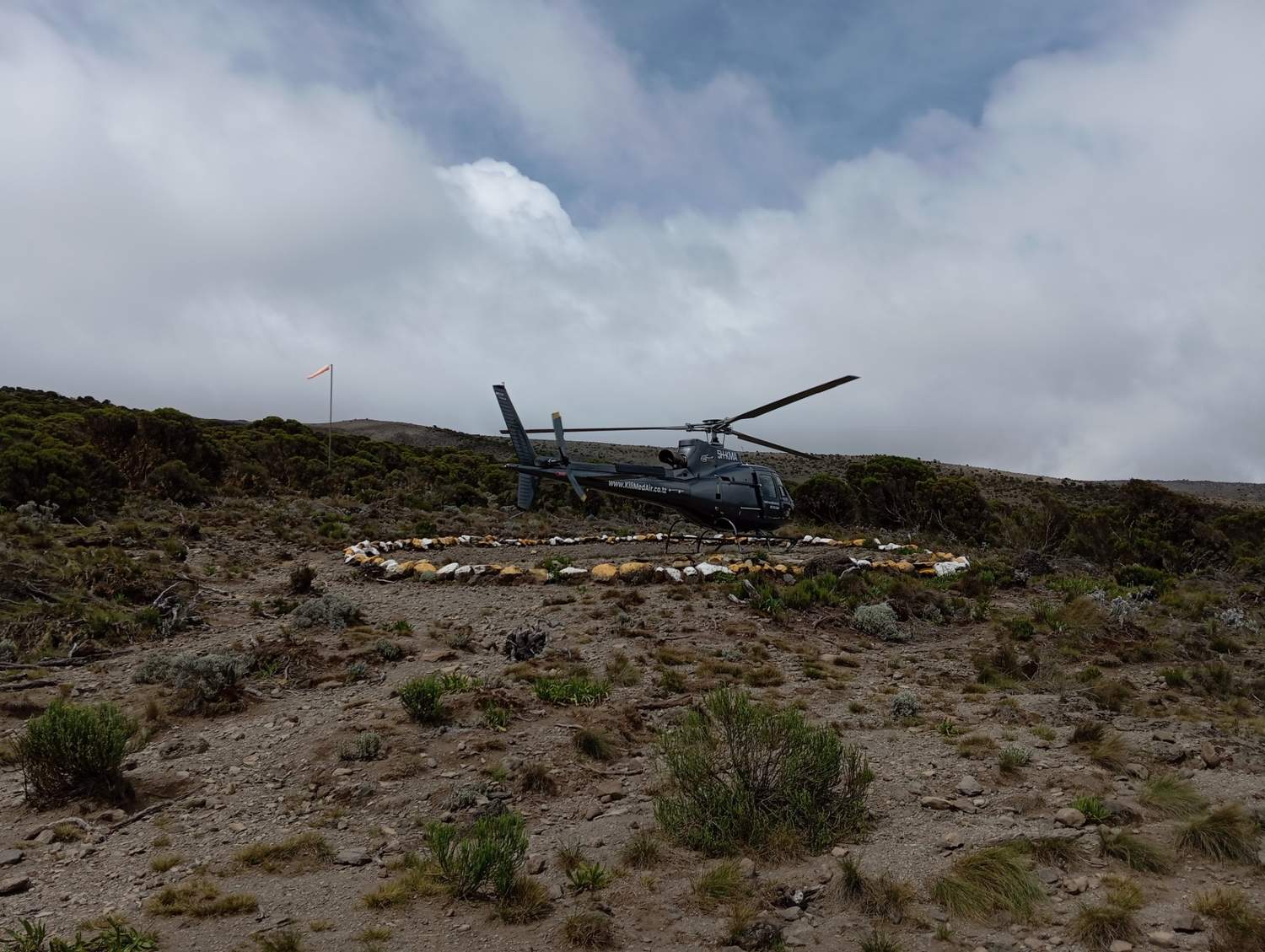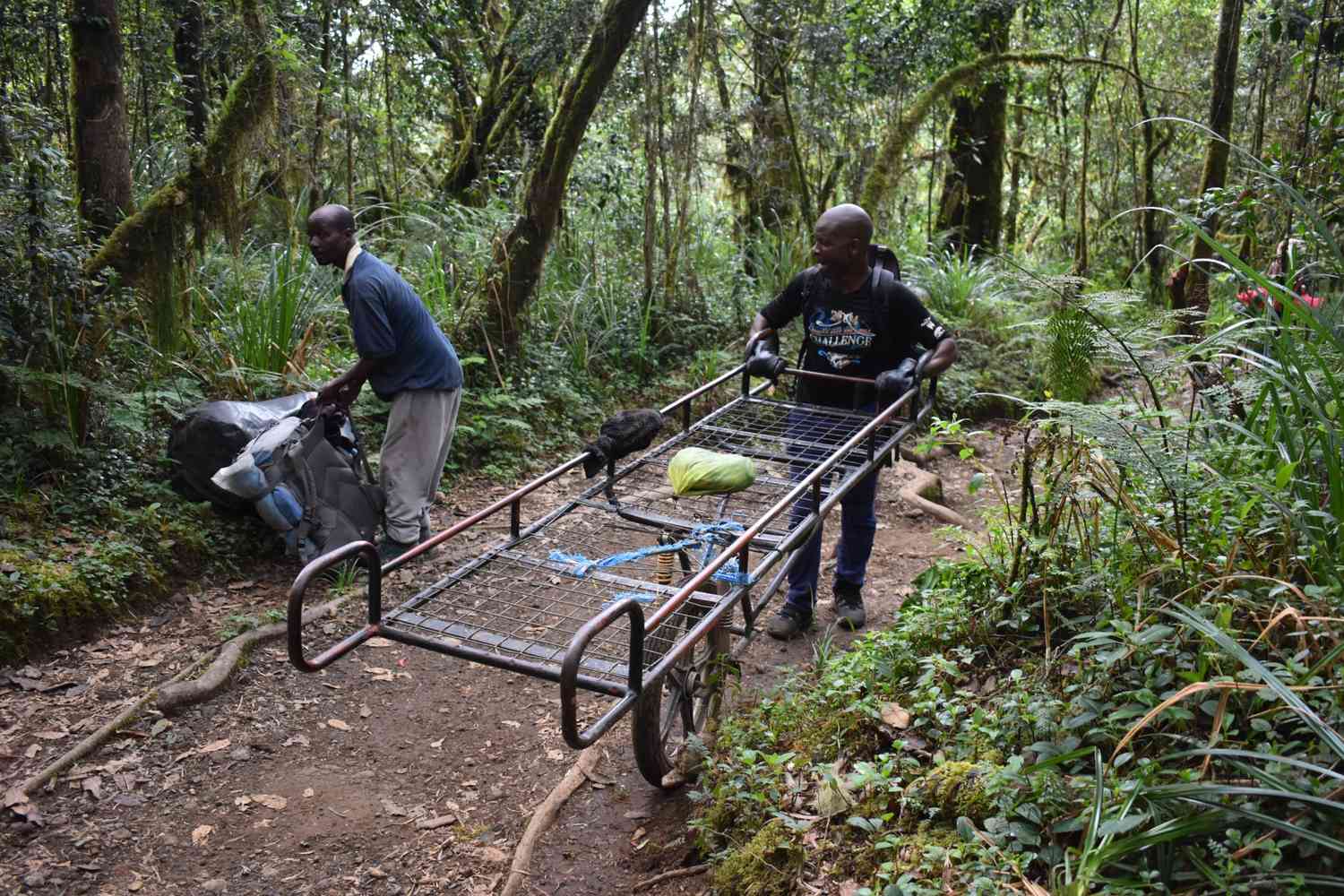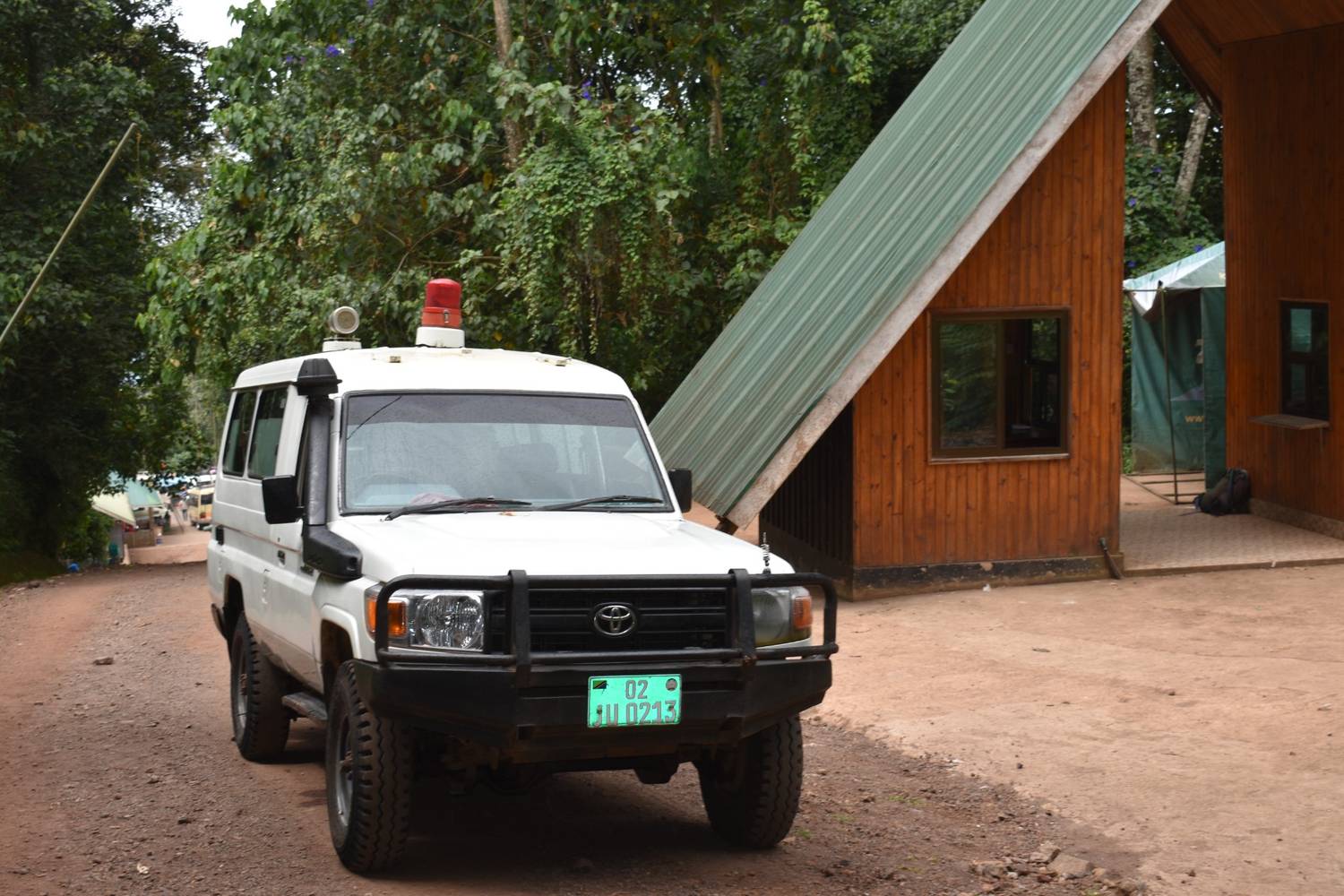If you’re planning to climb Kilimanjaro, securing the right travel insurance isn’t just a good idea. It’s essential.
I know firsthand how exhilarating, yet unpredictable, an adventure like this can be.
From altitude sickness to unexpected cancellations, having proper Kilimanjaro travel insurance ensures you’re covered for any surprises along the way.
Let’s break down why standard policies aren’t enough and how you can get the best protection for your trek.
Spoiler alert: I recommend Kilimanjaro travel insurance from Rise & Shield.
Ready? Let’s roll.
Please note: We are not insurance experts. The considerations below are based on our personal experiences and research, and should not be construed as professional advice or recommendations. Please consult an insurance professional to decide which product is right for your travel needs and make sure you read the terms and conditions of the policy wording/description of coverage. It is ultimately your responsibility to decide if the policy you choose is right for you.
Travel Insurance for Climbing Kilimanjaro

Helicopters evacuating trekkers off Kilimanaro are a humbling reminder to take this mountain seriously (and get yourself insured!).
Climbing Mount Kilimanjaro is the adventure of a lifetime, but it also comes with risks that standard travel insurance won’t cover.
Whether it’s altitude sickness, emergency evacuation, or trip cancellations, ensuring you have the right Kilimanjaro travel insurance is essential for peace of mind.
Here are 4 reasons why you need high-altitude trekking insurance for Kilimanjaro.
1. Standard Travel Insurance Won’t Cut It
Most generic travel insurance policies exclude trekking above a certain altitude, usually around 3,000 metres.
Kilimanjaro stands at 5,895 metres, meaning you’ll need a specialised policy that covers high-altitude trekking up to at least 6,000 metres.
There’s some good news. Most routes on Kilimanjaro are pure hiking paths.
But, if you plan to do mountaineering with ropes etc (i.e. on the Western Breach), you will need to inform your insurance.
My Pro Tip: Skip the hassle and go with Rise & Shield’s Adventure Extreme activity pack which includes trekking up to 6,500m.
2. Medical Emergencies at High Altitude

The fastest way to get someone who is injured or suffering from severe altitude sickness down the mountain is usually by these 'off-road' stretchers.
Altitude sickness is a real risk when climbing Kilimanjaro, and in severe cases, you may require emergency evacuation. A proper policy should cover:
- Treatment for altitude sickness
- Emergency medical expenses
- Helicopter evacuation (if medically necessary)
- Repatriation costs
3. Trip Cancellations & Interruptions
A Kilimanjaro climb requires months of planning and a significant financial commitment. If unforeseen circumstances force you to cancel your trip, insurance can help recover prepaid costs. Coverage should include:
- Trip cancellation and interruption
- Delays due to bad weather or missed connections
- Lost or delayed baggage
4. Injuries & Accidents
Trekking Kilimanjaro is physically demanding, and accidents happen. Your insurance should cover emergency medical treatment, hospitalisation, and evacuation from remote areas.
But there’s more.
Tanzania is a developing country where illnesses like malaria is a concern.
In terms of malaria you will not be at risk whilst on the mountain (there are no mosquitoes above 1,800 meters) but you are at risk before and after your climb.
You can take anti-malarial medication and I recommend you do so if you plan to travel in Tanzania before or after your trek.
Nevertheless, cover for any illnesses and accidents that can happen off the mountain should also be included in your Kilimanjaro travel insurance coverage.
How Do You Choose the Right Kilimanjaro Travel Insurance?

Ranger's vehicles stationed at the entrance gate have very limited access. They can only reach the very low reaches of the trails.
Each year, thousands of trekkers attempt to summit Kilimanjaro, but not all make it to the top.
Studies show that nearly 50% of climbers experience some form of altitude sickness, and a portion require medical attention or evacuation.
Why do I mention this?
Because it highlights the importance of having travel insurance that specifically covers high-altitude trekking and emergency medical assistance.
Without the right policy, you could face steep medical bills or be left stranded without support in a remote area.
When selecting a travel insurance policy for Kilimanjaro, ensure it includes:
- Coverage for trekking up to at least 6,000m
- Emergency medical and evacuation expenses
- Trip cancellations, delays, and interruptions
- Coverage for theft or loss of gear
- 24/7 emergency assistance
Now, do I have a recommended Kilimanjaro travel insurance provider? You bet I do.
My Recommended Kilimanjaro Insurance Provider: Rise & Shield
For complete Kilimanjaro travel insurance, I recommend Rise & Shield's trekking up to 6000m insurance (in fact, R&S now cover hiking up to 6,500m).
Their policies are designed for adventure travellers and cover high-altitude trekking, medical emergencies, and evacuations. They also provide flexible coverage for travellers who are already abroad.
How to Get Travel Insurance for Kilimanjaro
It’s pretty easy to get travel insurance for Kilimanjaro that goes beyond 6,000m. Here’s what you should do to quickly cover your trip:
- Visit Rise & Shield. Enter your trip details.
- Select the appropriate policy and add their Adventure Extreme pack, which includes hiking up to 6,500m.
- Purchase online and receive instant coverage confirmation.
It really is that easy.
My Pro Tip: I always print out a physical copy of the travel insurance certificate and also download it onto my phone. WiFi is spotty at best and you never know when you may need to quickly get your policy number.
My Final Thoughts
And there you have it: Don’t take unnecessary risks when climbing Kilimanjaro. The right travel insurance for Kilimanjaro ensures you’re protected in case of emergencies, cancellations, or accidents.
Make sure your policy covers high-altitude trekking, emergency evacuation, and medical expenses. That way you can focus on reaching the summit with peace of mind.
Still have questions about Kilimanjaro insurance. Leave a comment below and we will respond with an answer within 24 hours.
More Kilimanjaro guides:

My research says that Tanzania doesn't have yellow fever and that you only need that vaccination if you are first traveling through a YF country or if you have a layover of more than 12 hours in a YF country. This is contrary to your travel insurance page. What's correct?
If these criteria require you to have a vaccination to enter Tanzania, does that country accept the WHO determination that a vaccination is good for life or does it require that you have had a vaccination within 10 years of your visit?
Thanks
Hi Paul, your understanding is correct. You only need a YF vaccination if you are first traveling through a YF country or if you have a layover of more than 12 hours in a YF country.
Hi Mark, Im 67 Years of Age, fit and wanting Insurance to Climb Kilimanjaro.
Any Advice Please.
Thanks
Hi Keith, You might want to try Rise & Shield (they cover up to 65 years old). I think World Nomads only cover 60 years olds and younger.
Hello, could you recommend another insurance Company besides World Nomads? This company doesn’t cover Romanians. I had booked Kili for October. I hope you can help. Thanks
Hi Alexandru, you can try Rise & Shield. I believe they cover anywhere to anywhere: https://riseandshield.com/destinations/.
hi there. every source I look at for trekking advice to kili has the specific wording that “high altitude trekking insurance” is required to be able to summit killimanjaro. but when I look up travel insurance on different places, it is often called backpacking up to 6000 meters. is this just a wording difference? or do I need to specifically get something called high altitude trekking insurance? thank you
Hi Denver, yes, you do need high altitude trekking insurance. Most travel insurance providers don’t offer this, but some like Rise & Shield, have an adventure upgrade. I believe R&S call it ‘hiking up to 6,500m’ or ‘trekking up to 6,500m’ in their adventure extreme pack. If in doubt I recommend reaching out to your chosen insurer directly. All the best!